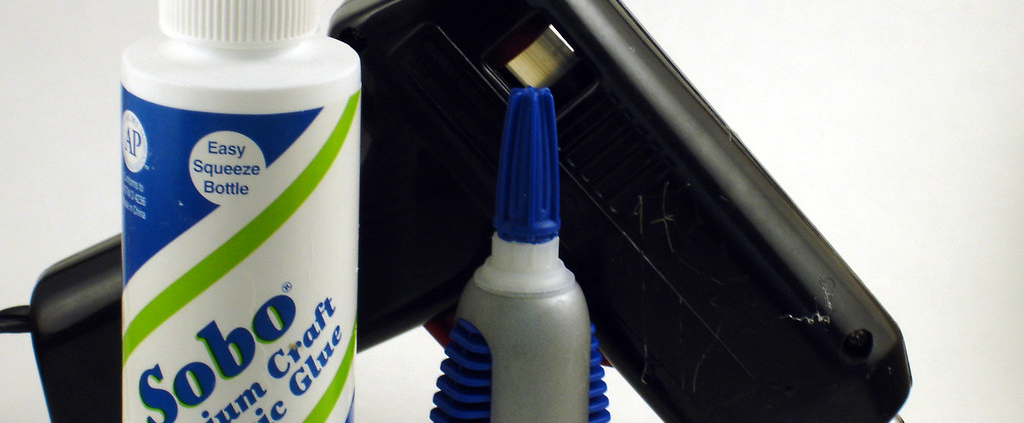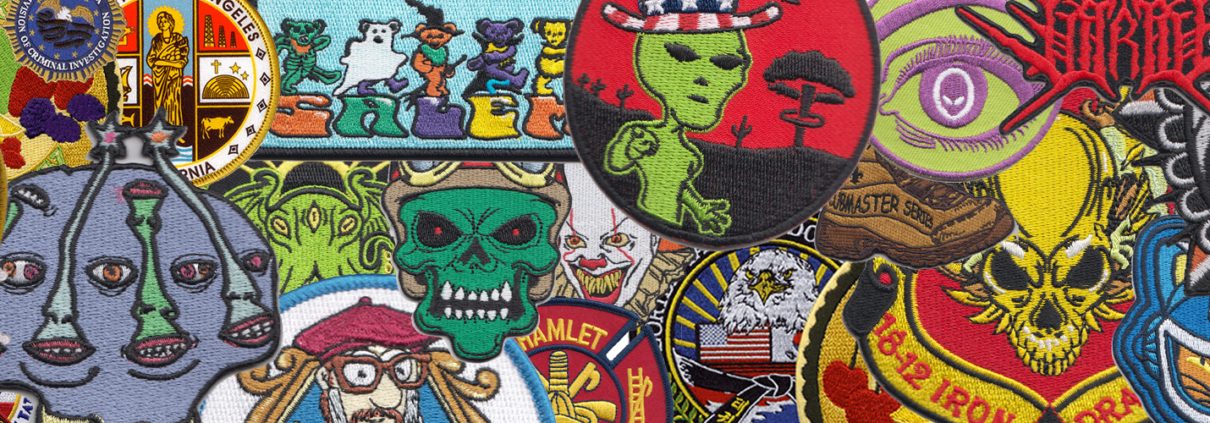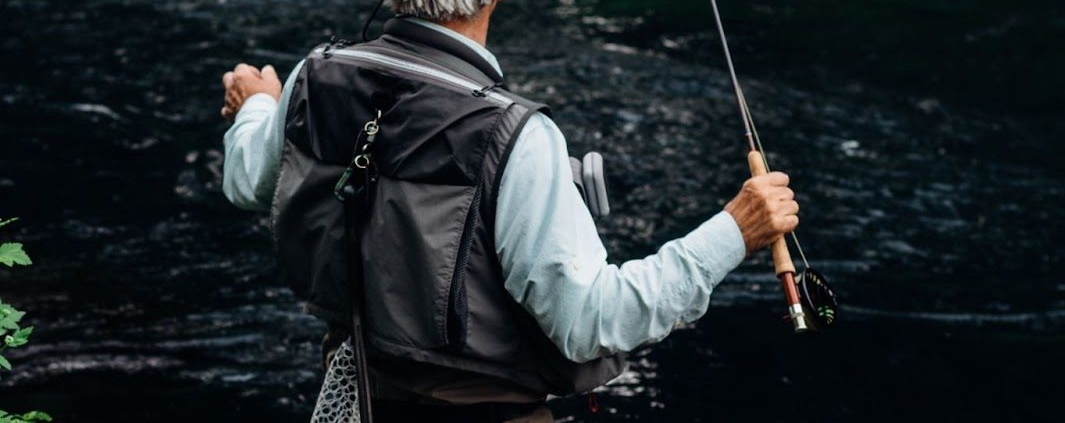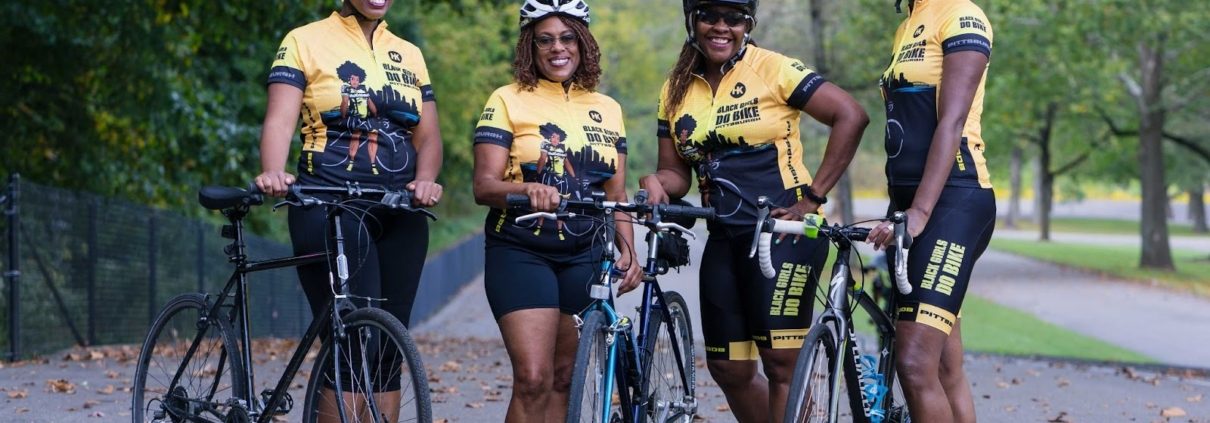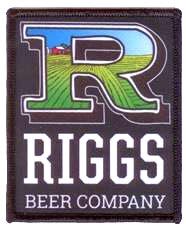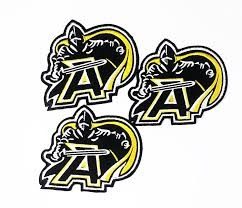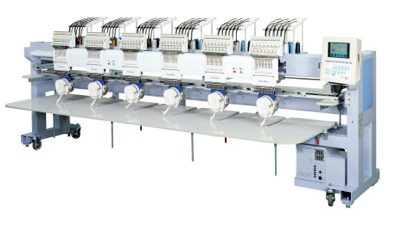Factors Involved in Making Great Patches
What’s Involved in Making a Patch Look Great? 3 Factors
A good custom patch is made up of quality materials, robust backing, clever design, and superb manufacturing – preferably with a 100% satisfaction guarantee to back it all up. So, what constitutes a high-quality patch? Continue reading to find out!
Patch Materials
A patch can be made from more than just cloth, a needle, and thread. A patch can be a piece of fabric (or other material such as PVC) that may be used to adorn another piece of cloth (or other material). That offers a LOT of potential for variety based on your needs and budget.
Traditional patches are typically produced with polyester-blend cloth and thread, but there’s a lot more options than that.
Here are some alternative patch materials to consider:
- Twill / Poly Twill
- Leather
- PVC
- Polyester
- Nylon
- Mylar
When it comes to high quality patches, it all comes down to the design of your patch, the material used and the look you’re striving for.
For example, if you need a patch for a scout uniform, only a classic fabric-and-thread patch would suffice — anything else may not look correct.
However, if you’re decorating a simple black bag, the more pop, the better — a variety of textures may make the design more varied and exciting.
The patch material you select will influence not just the overall appearance of your patch but also its endurance. Patches made of fabric and thread offer a traditional aesthetic, but PVC or bullion patches will last longer if you plan to affix them to a work uniform or a rain jacket.
Any of these fabric kinds may be used to construct a high-quality patch; the most important thing is to ensure that the craftsmanship is good and that the materials complement the design and function.
Patch Type
Classic patches can be anything from simple iron-on adhesives to fancy embroidered patches.
Embroidered patches have a classic, nostalgic look – they are subtle, made with thread, and they have a timeless, old-school appeal. These patches are usually made with a needle and thread, but embroidery machines can help speed up the process.
These patches are great for scouts and for sports teams, who live by tradition and want to keep their look consistent. Embroidered patches don’t have to be boring, however, if you’re looking for something a little more unique, embroidered patches can also come in custom shapes, with unique materials and a variety of attractive color combinations.
Patch Design
Some designs are just better for certain patch types. For example, a patch design with many details and intricate elements will be hard to see on a big PVC patch, but it would make a beautiful, embroidered patch for a jacket, hat or shirt.
Conclusion
Your patch is the centerpiece of your design and brand! You want to make sure your patch is perfect. The best patches are those that are made with excellent design, high-quality materials, and experienced production standards.
If you’ve got an idea in mind for a patch, then reach out to us! The Artex Group is the leading industry expert in custom patches, and we’d love to help make your dream a reality. We even employ a team of designers to help you every step of the way. We’ll even help you determine the best patch for you. Contact us, and we’ll be glad to help you.


